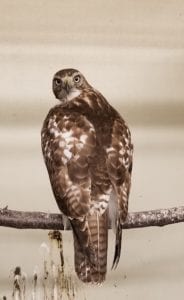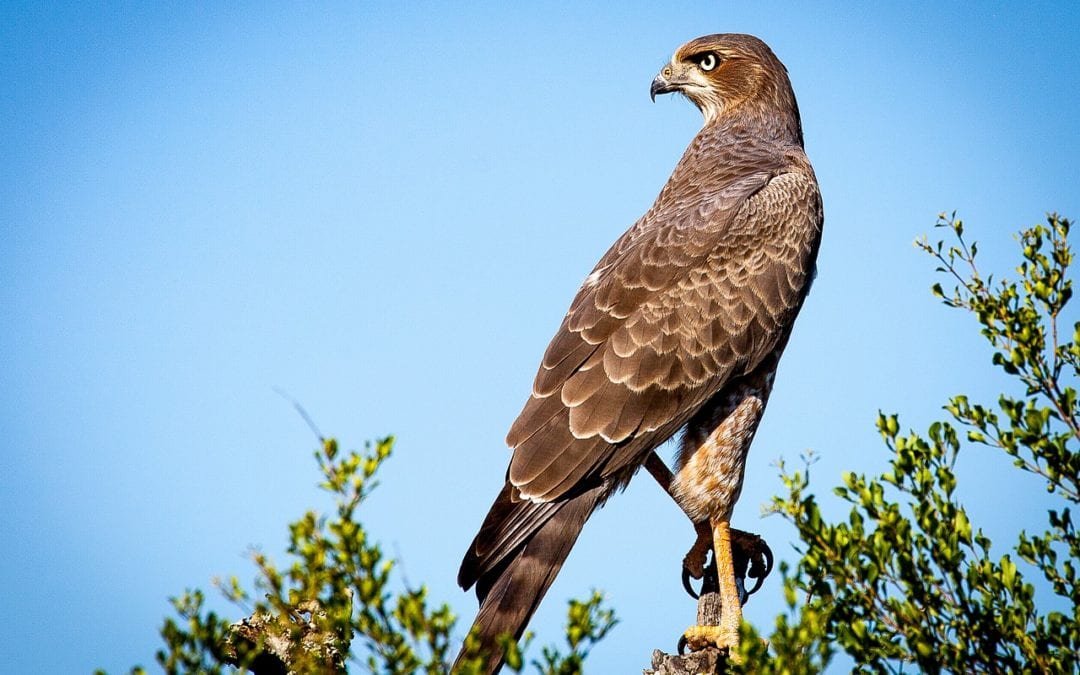 Yesterday I took my falconry exam: one hundred questions of multiple choice and true/false questions about the practice of falconry. All birds of prey or raptors are protected by state, federal, and international law; therefore, any potential falconer must obtain the necessary permits and licenses before acquiring a hawk or practicing falconry.
Yesterday I took my falconry exam: one hundred questions of multiple choice and true/false questions about the practice of falconry. All birds of prey or raptors are protected by state, federal, and international law; therefore, any potential falconer must obtain the necessary permits and licenses before acquiring a hawk or practicing falconry.
In order to get a license, you must take the written falconry exam and pass with at least 80%. Mike Crawford and I met Rob Howard from Kentucky Fish and Wildlife late Saturday afternoon to take our tests. Mike had been spending the past month with his book studying for the test. I was a tad surprised that I had to take the test, since I had passed it long ago and had only let my master falconry license lapse. There are certain things worth fighting about though, and retaking a written test at my office on a Saturday afternoon was not one of those things.
The test covered care and maintenance; equipment; health; hunting and falconry techniques; training; and rules and regulations. As with many answers sometimes the more you know about something, the more difficult it is to get the correct test answer. A red-tailed hawk will break tail feathers mostly because it is kept on an improper perch, but bad diet and Vitamin A deficiency will also cause broken feathers. And actually, so can flying through brush and thicket after a strong prey item as a squirrel in the woods. So was that answer C, A and B, or only A or B? Rob was good about clarifying the questions and it is possible that Mike and I taught him a few more things about falconry. So overall, the testing was a good experience.
And then there was the terminology of this ancient sport. Accipiter are “short-winged hawks, with long tails. They include Goshawks, Coopers, Sparrow-hawks and Sharp-shinned hawks. They slice (poop sideways), foot (kill prey by pressure of their talons), and hunt mostly in the forest. Their falconer is called an Austringer.
Buteos are the broad-winged hawks with short tails. Their longest primary (major wing feather) is number 3 & 4 (numbered the falconry way not the ornithological way) and they also slice. Redtail hawks are commonly used in falconry. The Ferruginous hawk is also a good falconry bird, but all the other buteos are “useless” for falconry.
Falcons are long-wings with long tails. They have a notched beak and include gryfalcon, prairie falcon, American kestrels, merlins and peregrines. The males are called tercels, jacks and jerkins. They drop their mutes (poop) straight down from ledge nests that they never build themselves. Peregrines can reach up to 240plus mph in a stoop (dive) at prey.
Red tails are most commonly caught as teenagers or passage birds. The best trap is a Bal-chatri. A cage like trap with live bait and monofilament nooses that catch the raptor by the feet. Trapping a passage bird is okay because most die during the first winter (almost 80%), but haggard (adult) birds should never be taken. By the time the passage bird is released, it is a stronger better hunter. New birds bate (attempt to fly from the fist or perch), must be trained with positive operant conditioning (food for good behavior) and never punished. By training and controlling their weight, they will be in yarak (eager to hunt).
A master or general, but not an apprentice falconer, can take an eyas (bird taken from the eyrie (nest) before fledgling (flight)) or a brancher (out of the nest, but cannot fly yet).
After the test, you have to be inspected by a wildlife official. You need to have Alymeri jesses (leg straps to hold birds), weather resistant leash with stainless steel swivel, bathing container, outdoor perch, weathering mews (hawk house) and a precise scale . Of course a good kit also contains a falconry bag, bow perch, Dutch hood, hood protector, leather working tools (grommet setter, grommets, hole punch, metal ruler, X-Acto knife), Kangaroo Leather, Whistle, lanyard, creance (long line for controlled flying) lure, austringer glove, acorn bells and possibly telemetry.
After the test and inspection, you can send your permit in for approval. As an apprentice, you must have a sponsor who is a general or master falconer. I was a master falconer before, but have not had a bird for the last few years and will be a general falconer when I get my permit again. It requires years of hands on experience to move up the falconry levels. And rightfully so, these hawks are amazing birds that require an hour or more of attention a day. A hawk cannot be hung on the wall like a rifle or a bow until the next hunt. Likewise, falconry is for hunting. If you cannot hunt, the bird should be released or transferred to someone who can hunt it.
“Few people thrilling at the brief, intense magic of a trained hawk in flight realize the intense demands placed upon one who aspires to be a falconer. Even fewer are willing to make the necessary sacrifices.” (From N.A.F.A. – North American Falconers’ Association)
I have always been drawn to the older primitive cultural ways to do things. That is the basis for my interest in sled dogs, kayaking and falconry. The United Nations Educational Scientific and Cultural Organization (UNESCO) sees it the same way and added falconry to its list of Intangible Cultural Heritages of Humanity.
Yesterday I took my falconry exam. I passed it with a good score. Tomorrow, my paper work will be submitted and I will wait for my permit. In the meantime, I will dig out my books and pour over them. Today, I looked into upping my falconry game and purchasing a Harris hawk. I’m not sure I will get one, they like everything in falconry are expensive, but I did buy a new book: The Harris’s Hawk Revolution. And it is time to renew my NAFA membership. I passed my test!

